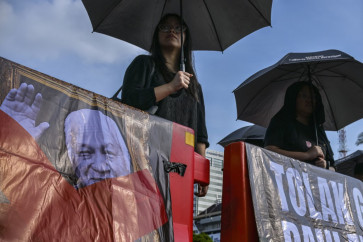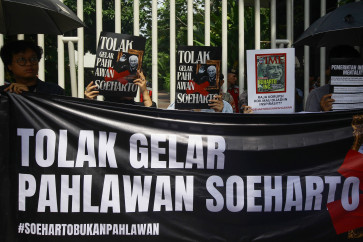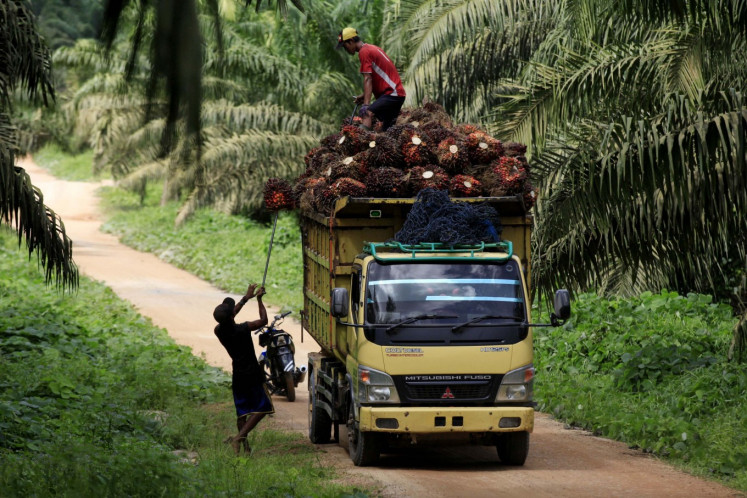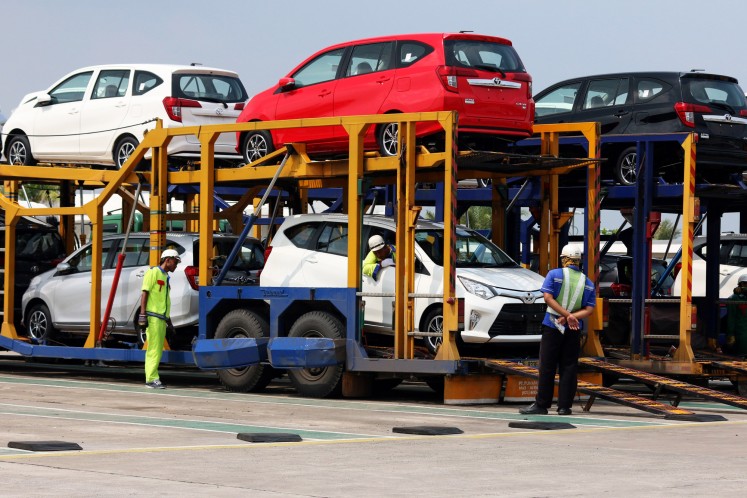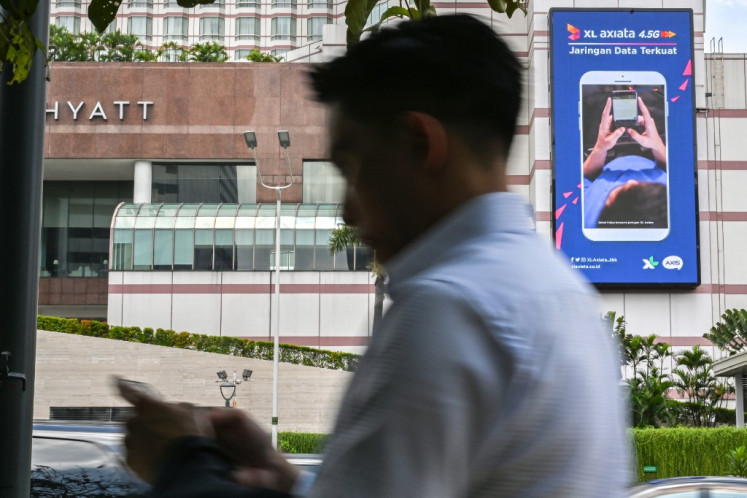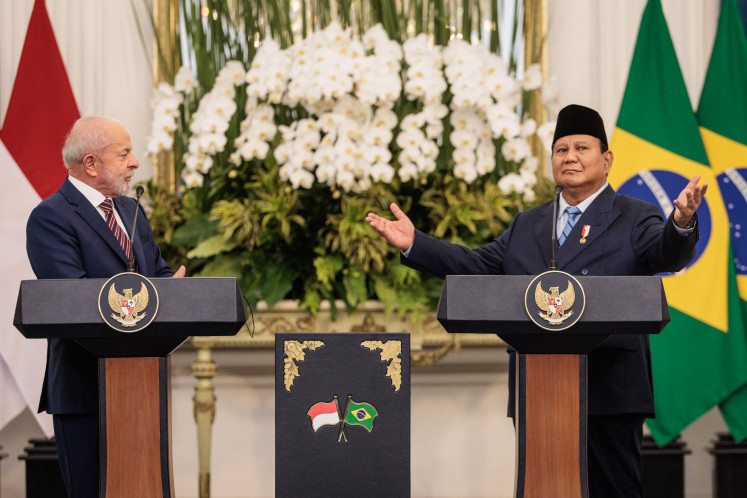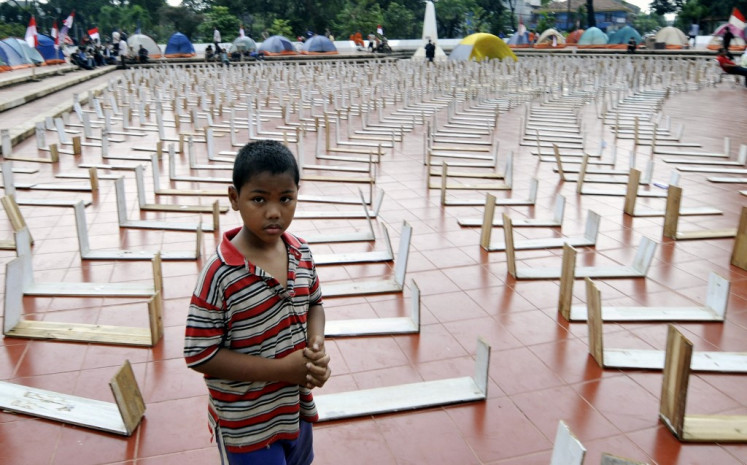Popular Reads
Top Results
Can't find what you're looking for?
View all search resultsPopular Reads
Top Results
Can't find what you're looking for?
View all search resultsPapua – a land of bountiful riches
It is ironic that for such a rich land, the majority of people in Papua live in poverty
Change text size
Gift Premium Articles
to Anyone
I
t is ironic that for such a rich land, the majority of people in Papua live in poverty.
Papua spans 42 million hectares, with 40 million hectares of forest and 1.6 million hectares of water.
With a population of 2.8 million, Papua is rich in culture and biodiversity.
For example, Lake Sentani is the largest volcanic lake in Jayapura province with an area of 9,360 hectares. Located 70 to 90 meters above sea level with an average depth of 25 meters and right on the slopes of the Cyclops Mountains, the lake lies between the city of Jayapura and Jayapura regency, deriving its water from 14 large and small rivers.
The lake is the habitat of several freshwater fish species and has potential for fish farming and tourism. Besides diving, tourist activities that can be boosted are swimming, boating, fishing and waterskiing.
No wonder Papua program director for WWF Indonesia, Benja Victor Mambai, said “Sumatra is the past and Kalimantan is the present, while Papua is the future of Indonesia.”
Forests, seas, rivers, lakes and mountains are important to the life of communities in Papua. Approximately 256 ethnic groups depend on nature for their daily sustenance through hunting and farming. Unless the land of Papua is properly managed, the first to become victims are the Papuan people.
With the local community’s wisdom and values regarding biodiversity, conservation and development, the soil of Papua has so far been maintained. People in Papua have been directly involved in spatial layout mapping and zonal divisions of the province along with the government and NGOs.
The challenge to be faced in the days, months and years ahead is the improvement of living standards without causing environmental damage in serving the interests of development and investment.
“Build Papua with our hearts, not with our desires,” seems just the right motto for the future of the land of Papua.
At play: Two boys amuse themselves in fields of yams in Asologaima, Jayawijaya.
Steady: A young boy fishes with a tool called a kalawai in Lake Sentani, Jayapura.
All-seeing: A Dani youth plays with a tourist’s binoculars in Asologaima, Jayawijaya.
Gathering: People of the Dani ethnic group gather in a rumah adat or traditional house called a honai in Asologaima, Jayawijaya.
Planting: A woman works along steep fields in Makki, Jayawijaya.
Homeward bound: A Dani man walks along a major road in Wamena.
— Photos By JP/Wendra Ajistyatama







